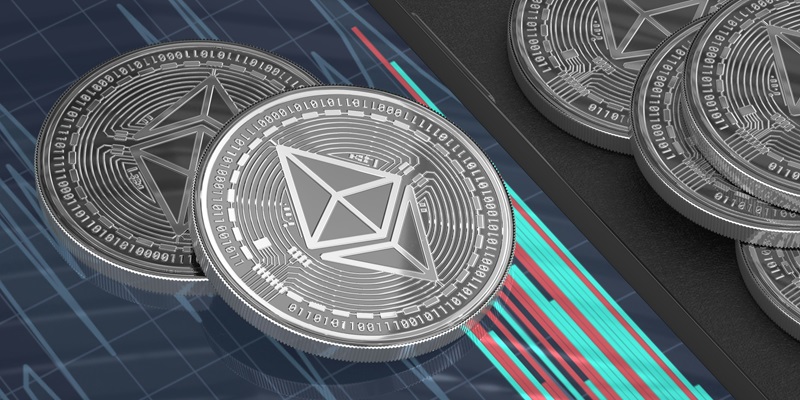Ethereum has hit an important benchmark with its price surging to $3,800, a peak not witnessed since December 2021. Demonstrating a robust 2.8% increase in just one day, this uptrend reflects market optimism. Parallel to the price growth, the amount of Ethereum staked has seen a 9% hike since the year began, signifying a bullish stance among investors. Now, over 31 million ETH are staked, which, based on the current value, amounts to an impressive $119 billion. This surge not only accentuates the confidence in the staking mechanism of Ethereum but also underlines the escalating engagement and trust of investors in its future potential. The alignment of rising staked Ethereum, now worth more than $116 billion, with the cryptocurrency’s increasing value, suggests a strong positive market outlook for Ethereum’s network and its underlying technology.
Staking Growth and Investor Confidence
Investor trust in Ethereum is further emphasized by the considerable size of the staked funds. Staking is a pivotal component of Ethereum’s shift to a proof-of-stake consensus mechanism, offering holders the ability to earn rewards by participating in network validation processes. The staking surge is a testament to the maturing ecosystem and the attractive earning potential within the Proof of Stake (PoS) paradigm. Not only does this strengthen the security and integrity of the network, but it also aligns with the broader ethos of decentralized finance (DeFi). The robust staking statistics are likely influencing Ethereum’s value increase, as investors perceive staked assets as a long-term vote of confidence in Ethereum’s underlying technology and future potential.
DenCun Upgrade: A Leap in Scalability
Amid this financial optimism, the Ethereum community is also buzzing with anticipation for the upcoming DenCun upgrade, scheduled to take place on March 13. This upgrade is set to integrate the highly anticipated proto-danksharding feature, which is projected to slash transaction fees on layer-2 blockchains by up to 75%, as developer Terence Tsao suggests. This development is aimed directly at enhancing scalability, a necessary step to accommodate a growing user base and expand the network’s capabilities. The proto-danksharding will allow “blobs” of compressed transaction data to be stored off-chain, minimizing storage and processing fees. Additionally, the DenCun upgrade includes EIP-7044, enabling validators and stakers to implement automated exit strategies from their nodal positions. This provides a safety net against penalties that might stem from periods of inactivity, thus ensuring the network’s operations remain streamlined and efficient.

